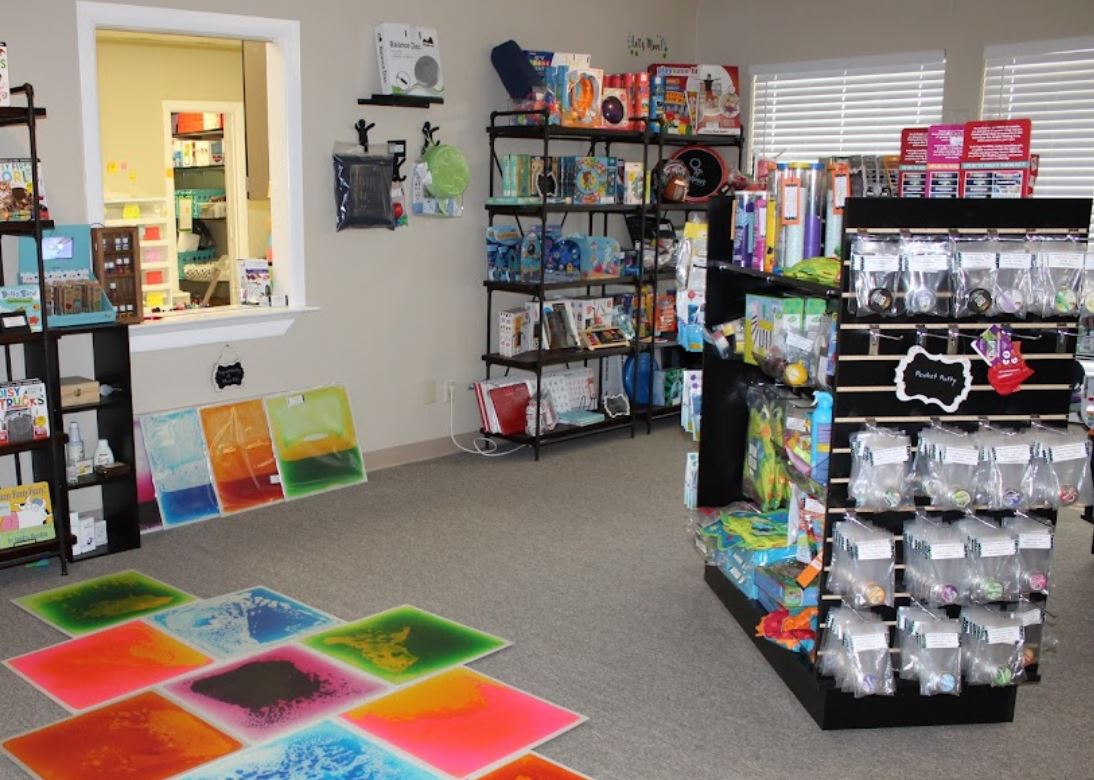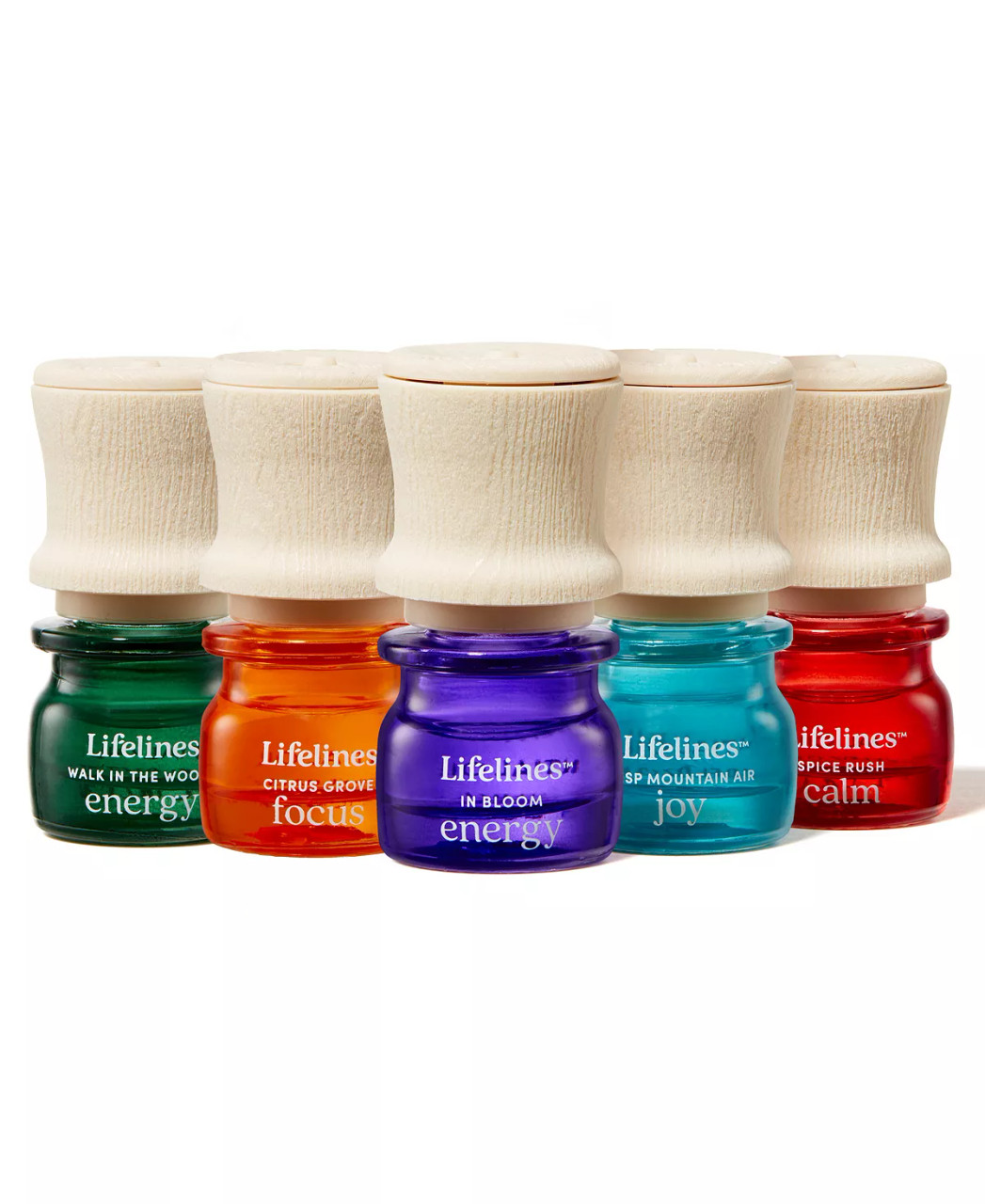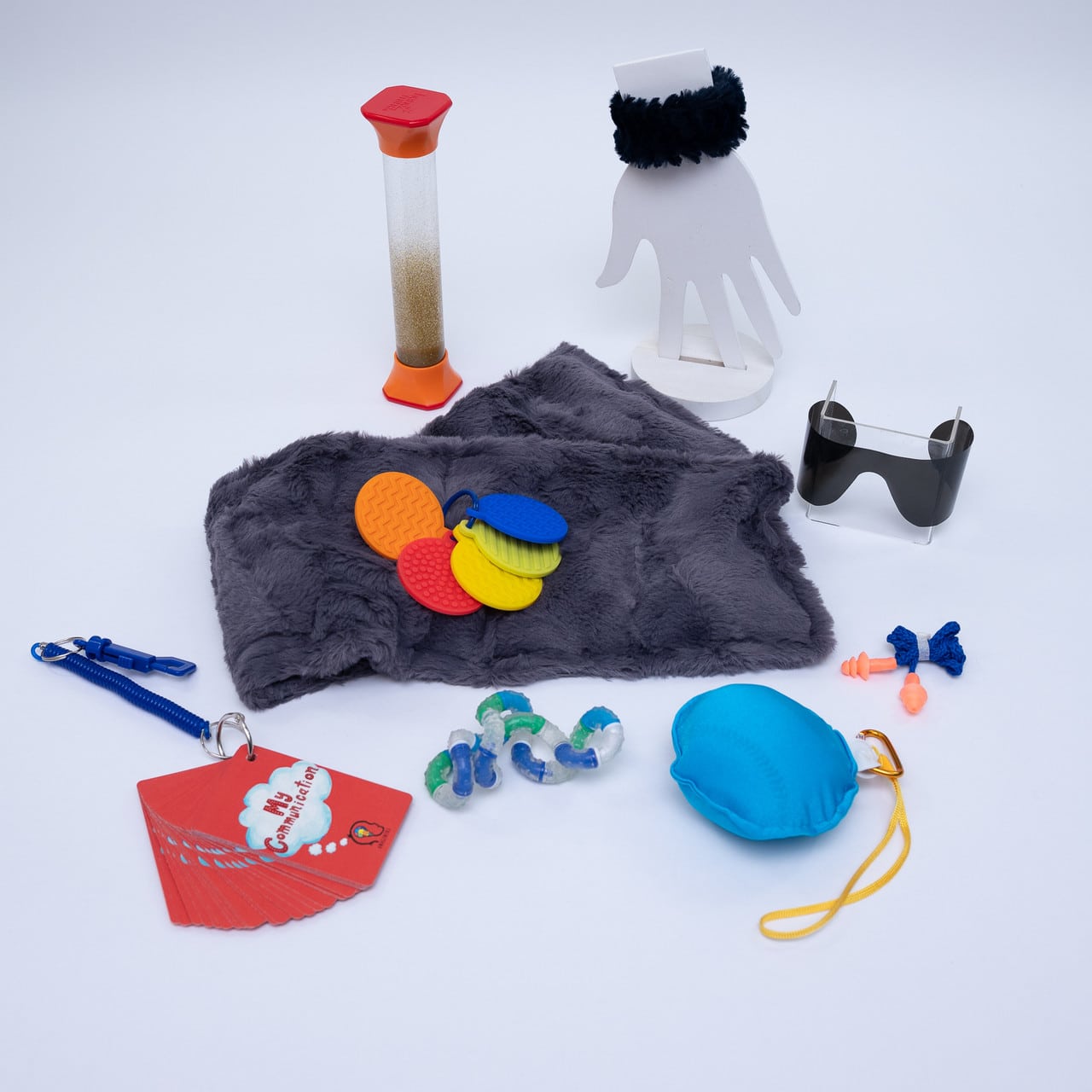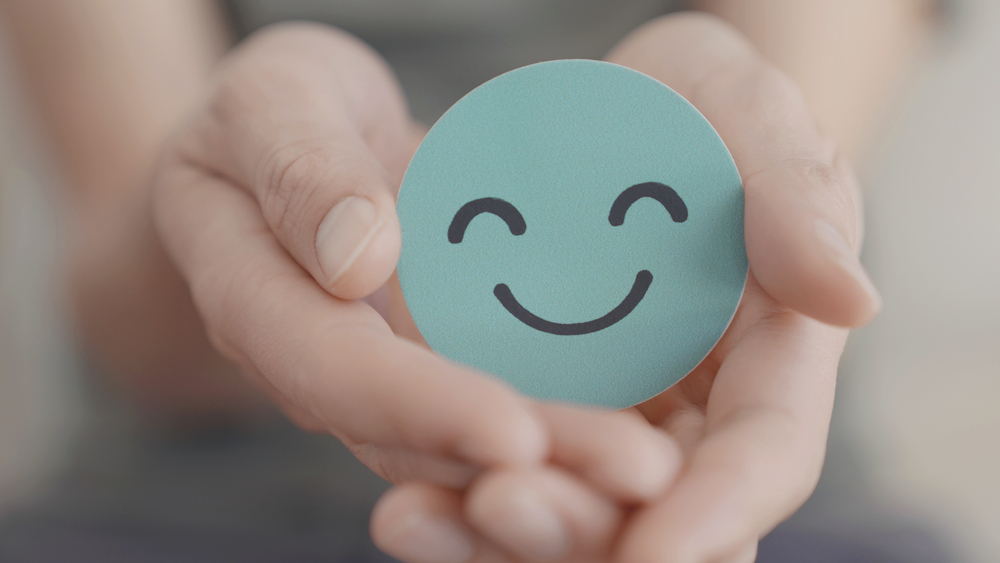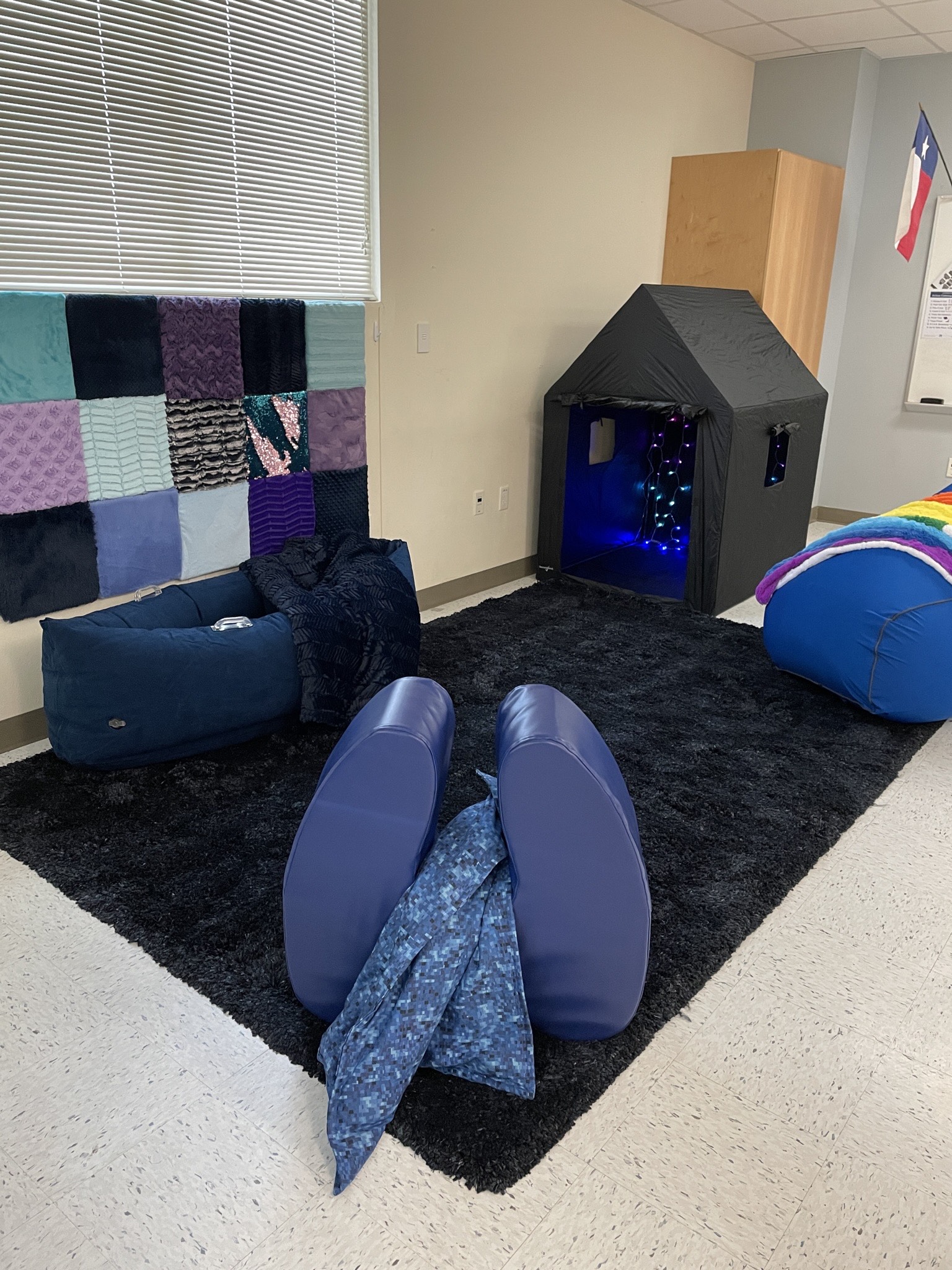One of the key symptoms in autism and ADHD is something called executive dysfunction. This is a broad term that covers a range of issues that arise from the brain’s executive functioning being disordered, and it characterizes many of the common signs and behaviors that most people associate with autism and ADHD (although executive dysfunction is also present in many other neurological and behavioral disorders such as addiction and chronic depression).
Some aspects of executive dysfunction include difficulty with executing and prioritizing tasks, getting very fixated or very distracted, trouble following directions, anxiety when routines change, time blindness, and more.
This article will cover one of the biggest hurdles that people face with executive dysfunction – the brain’s inability to recognize tasks, make plans, and execute them – and a few strategies that you can try to help work through it.
The Task-Plan-Execution Process
Typically, the average brain is able to recognize a task, make a plan for the task, and then execute it. The thought process of someone without executive dysfunction may look something like this:
- Notices there are dirty dishes by the sink
- Thinks that they should get off of the couch to put them in the dishwasher
- Stands up and goes to the sink and puts the dishes in the dishwasher
They were able to see a task that needed to be done (the dishes), made a plan to complete the task (put them in the dishwasher), and then executed this plan (got up and put the dishes in the dishwasher).
While this may seem simple, for people with executive dysfunction, this process can get interrupted, stalled, or not even begin. A person facing the same task with executive dysfunction may have the following thought process:
- Notices there are dirty dishes by the sink
- Thinks that they should get off of the couch to put them in the dishwasher
- Thinks that they should get off of the couch to put them in the dishwasher
- Thinks that they should get off of the couch to put them in the dishwasher
- Thinks that they should get off of the couch to put them in the dishwasher
- Thinks that they should get off of the couch to put them in the dishwasher
Or the thought process may look something like this:
- Notices there are dirty dishes by the sink
- Thinks that they should get off of the couch to put them in the dishwasher
- Thinks about how that means they’ll have to put their phone down and sit up and stand up from the couch and walk into the kitchen and then turn on the water and wait for it to get warm and then pick up the dishes to rinse them off which will get their hands wet and they might touch wet food and then they’ll have to open the dish washer and lean over to put the dish inside of it and then they’ll have to grab another dish and do it over and over again
- They get overwhelmed and stay on the couch
Or even like this:
- They don’t notice the dirty dishes by the sink so they don’t get done
These are very simplified examples, but they show different ways in which someone was unable to complete the task-plan-execution process. It can present in many different ways, but many people with executive dysfunction report frequently feeling “stuck”, knowing there is something they should do, but being physically unable to execute the task. This applies to all sorts of tasks, not just things like work or chores – someone with executive dysfunction will also have trouble starting enjoyable “tasks” such as working on a hobby or turning on a movie.
For someone looking in from the outside, they might assume that someone experiencing this form of executive dysfunction is “lazy” or “procrastinating” – but they are actually experiencing a very real physical symptom of a disorder. This is one of the reasons it can be difficult to identify signs of executive dysfunction if you are not familiar with them. Even for the person experiencing them, they might just become upset or frustrated with themselves for being “lazy” or unable to accomplish “basic” tasks that others don’t struggle with in the same way.
Another thing to keep in mind is that executive dysfunction is a very broad term that encompasses many different processes in the brain. It can present very differently from one person to another, and can affect a person differently from day-to-day depending on a variety of factors from medicine, sleep, diet, or simply how well their brain is processing information that day.
How To Help
Since everyone’s brain works differently, there is not a one-size-fits-all strategy for dealing with executive dysfunction. You will have to try different ones and see which ones work for you or your child. The ones listed here are only for helping with the task-plan-execute process, and are just a small fraction of the ideas out there – if these don’t click with you, then don’t be discouraged, just keep looking around and keep trying until you find something that works for you.
Visual Timers and Schedules (Task)
If starting a task or even remembering or recognizing that there is a task to be done is an issue, then using visual aids can be a powerful tool.
For those that have trouble forming habits and remembering daily chores, having a visual schedule to look at and see what needs to be done can be very helpful.
For children getting ready in the morning for school, you could put up a board where they will see it that has a picture to remind them of all the steps they need to take – making the bed, brushing their teeth, getting dressed, brushing their hair, and so on. You can adapt this for any process that you or your child have trouble remembering all of the steps for. It can also lessen the mental load of your or your child’s brain of having to work harder than others to remember the steps.
Another very common issue with executive dysfunction is being unable to start a task – even when this task is enjoyable, such as working on a hobby. Everyone’s brain is wired differently, but usually the mental block is coming from one of two places; the task seems too big to start, and your brain is having trouble figuring out how to begin and gets overwhelmed with how much there is to do, or the energy required to switch from doing one thing to something else seems too much so you just get stuck.
For both of these problems, the 2-minute rule can be a good option to try. Set a timer for 2 minutes and tell yourself that you only have to do this task for 2 minutes and then you can stop, no strings attached. This can take away the pressure of doing a big task or the perceived amount of energy it will take to switch tasks, and more often than not, once you’ve started, you’ll feel like you can keep going. You can even keep resetting the timer – keeping that exit open to stop the task after 2 minutes can keep the pressure off of doing a big task. Having a visual timer with color cues can be really helpful, especially for children who might have trouble conceptualizing how long 2 minutes is.
Remove Barriers Before They Become a Problem (Plan)
If there are common tasks that you know are a problem for you or your child, taking some time to identify the exact barriers within the task can be a big help in figuring out work-arounds. This can be tricky with children, because they might have difficulty conceptualizing and verbalizing what exactly they are having trouble with, but patience and some creative thinking will go a long way to working it out.
Many times when it’s the “plan” part of the task-plan-execution process that gets disrupted, it’s because the brain is having trouble with the sequencing or prioritizing of the correct steps and getting overwhelmed, or having trouble remembering all of the steps that need to occur.
Using as many organizational strategies as possible can be a big help with this – the less planning and decision-making your brain has to do in the moment, the easier it is to get your task completed. This can work well for daily or weekly tasks, such as cooking or cleaning.
For example, if you tend to get stuck or overwhelmed over cooking dinner during the week, a strategy that works for some is to store all the ingredients for a recipe together in the fridge or pantry, such as in a clear bin. That way you don’t have to decide what to cook and you don’t have to remember what ingredients you need or go gather them up – you just have to pull out your bin and it’s already all there for you in one place.
Removing barriers sometimes requires creative thinking – the solution doesn’t always seem logical or it will require doing things in a different way that you normally wouldn’t consider. Some small examples:
- You need to sweep the kitchen after dinner, but you frequently forget or don’t have the energy to open the storage closet and retrieve the broom because the door is acting as a mental barrier.
- Keep the broom in the kitchen instead. Seeing it will be a visual reminder to sweep and the door is no longer a barrier.
- Your child hates when they have to do the dishes.
- Talk to them and work through what exactly is so upsetting to them about doing the dishes. You find out that the transition from dry hands to wet hands is distressing for them.
- Get them some gloves for cleaning so their hands can stay dry.
- You struggle to remember to bring trash with you out of your car and your car ends up cluttered and messy.
- Keep a set of full-sized trash bags in your car. The trash will have somewhere to go, and when it’s full you can just drive it to the dumpster.
- You forget your water bottle when going from room to room, so you aren’t drinking enough water.
- Keep a water bottle in each room that you frequently go in so you don’t have to worry about remembering your water bottle. Having much easier access to water will make it easier to stay hydrated.
Removing barries before they happen requires some pre-planning, but building up systems to have in place that can help your or our child succeed is well worth it. These systems usually take time to build up, and they’ll change and evolve as you find things that do and don’t work, but learning to be on the lookout for ways to make your life easier is a valuable skill that can take time to develop.
Re-Direct (Execute)
Sometimes focusing too hard on trying to start a task creates a mental block that just makes it harder and harder the more you push against it. When you realize you are stuck in a loop of trying to make yourself get up and start the task, try working with your brain instead of against it. Give yourself permission to not do that task. Letting go of that pressure to do the task can take away the heaviness of that mental block, and you might be able to circle back and try doing the task later.
If possible, try doing an adjacent task; instead of doing the dishes, see if you can do a quick wipe-down of the counters, or instead of putting your phone down to stop scrolling, just close your eyes for 30 seconds. There’s a good chance that once you are already in the kitchen it will feel a lot easier to put a dish or two in the dishwasher, and once your eyes are closed for a little bit, it’s much easier to put your phone down to stop doom-scrolling. Adjacent tasks give you a chance to trick your brain into transitioning into the original task. Even if doing an adjacent task is not possible, or if it is but you still aren’t able to transition to the original task, doing anything else at all will still get you out of the executive dysfunction loop, which is the most important thing.
Overcome Executive Functioning Issues With Stacy’s Sensory Solutions By Your Side
People will have good days and bad days with executive functioning and brain processing. If you can use your good days to your advantage and make things easier for you during the bad days, your life will be much smoother overall. But it’s also important to be kind to yourself on the bad days. Executive dysfunction is a tricky beast, and we only covered a small aspect of it, but the better you understand it, the better you’ll be able to understand yourself, your child, or anyone else you may know that struggles with it.
At Stacy’s Sensory Solutions, we provide our customers with an assortment of tools that can help make executive dysfunction a more manageable feat. From timers to fidget toys that can help center the mind, we’re here to make life a little easier. Shop around on our site or visit or Plano store to learn more!



